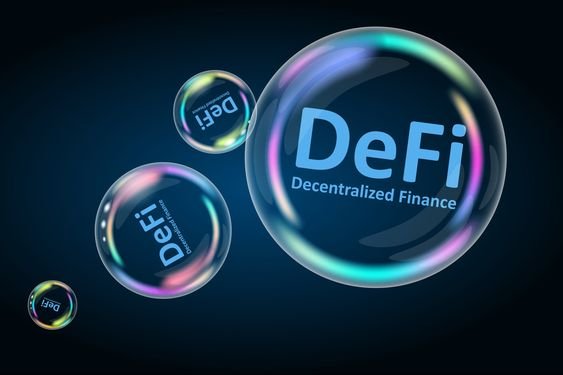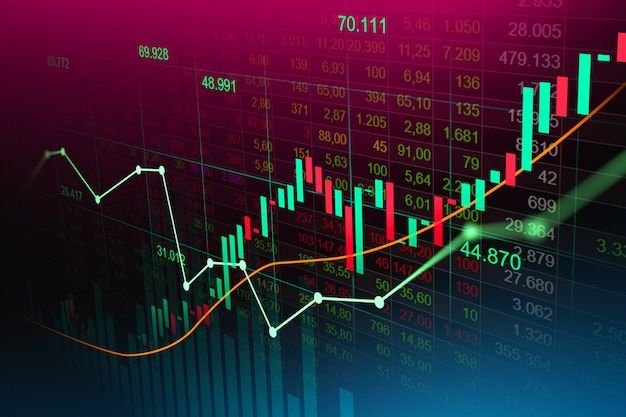Decentralized Finance (DeFi) has experienced significant growth in 2024, introducing innovative financial solutions that challenge traditional systems. This article explores the top DeFi projects of the year, their achievements, the challenges they face, and their future prospects.
1. Lido Finance: Revolutionizing Liquid Staking
Lido Finance has emerged as a leading DeFi platform, particularly excelling in staking solutions. It offers liquid staking, allowing users to stake assets like Ethereum and receive tokenized representations (e.g., stETH) in return. This enables users to earn staking rewards while maintaining liquidity, facilitating participation in other DeFi activities such as lending and yield farming. Lido’s semi-custodial service distributes users’ ether across multiple validator nodes, enhancing security through decentralization. The platform’s commitment to security is evident through regular code reviews and a decentralized autonomous organization (DAO) governance model that ensures transparent decision-making.
2. Uniswap: Pioneering Decentralized Exchanges
Uniswap continues to be a dominant force in the DeFi sector, known for its decentralized exchange (DEX) capabilities. It utilizes Automated Market Makers (AMMs) to facilitate seamless token swaps without the need for traditional order books. Uniswap’s liquidity pools incentivize users to provide liquidity, ensuring efficient token exchanges. As of early 2024, Uniswap’s UNI token has shown promising growth, with a market capitalization exceeding $5 billion. The platform’s expansion includes the addition of a non-custodial mobile wallet, enhancing user accessibility and positioning Uniswap for continued growth in the DeFi space.
3. Aave: Leading Decentralized Lending and Borrowing
Aave has solidified its position as a transformative force in DeFi, specializing in decentralized lending and borrowing on the Ethereum blockchain. The platform offers innovative features such as flash loans, which allow users to borrow funds instantly without collateral, provided they are repaid within the same transaction. Additionally, Aave’s collateral swapping feature enables borrowers to change their collateral types seamlessly, enhancing user flexibility. Beyond lending and borrowing, Aave has diversified into areas like blockchain gaming and NFTs, demonstrating its expansion into new realms of blockchain technology.
4. MakerDAO: Innovating with Stablecoin Solutions
MakerDAO remains a critical player in the DeFi market, offering stability through its stablecoin, DAI. Unlike other stablecoins pegged to fiat currencies, DAI is backed by a variety of cryptocurrencies, providing a unique approach to maintaining stability. This system of over-collateralization with diverse assets adds a layer of security and resilience, reducing the risk of volatility common in the crypto market. MakerDAO’s decentralized governance model allows decisions to be made through community voting, ensuring that protocol changes reflect user consensus.
5. DTX Exchange: Bridging Traditional Finance and DeFi
DTX Exchange is positioning itself as a significant player in DeFi trading by combining the best features of centralized and decentralized exchanges. It aims to provide traders with seamless access to financial markets, offering wallet-based trading and non-custodial storage to ensure users maintain control over their assets. DTX’s focus on security and user experience has garnered attention, with its presale raising over $10 million, indicating strong potential in the DeFi trading space.
Challenges Facing DeFi in 2024
Despite impressive growth, the DeFi sector faces several challenges:
- Scalability:
Many DeFi protocols struggle to handle mass transactions efficiently, leading to congestion and high fees. Solutions such as layer 2 scaling and sharding are being explored to address these issues. - Security Risks:
The complexity of smart contracts can introduce vulnerabilities, making platforms susceptible to hacks and fraud. Regular audits and robust security measures are essential to mitigate these risks. - Regulatory Compliance:
As DeFi gains mainstream attention, navigating regulatory frameworks across different jurisdictions becomes crucial. Projects must balance innovation with compliance to ensure sustainable growth.
Future Prospects of DeFi
The future of DeFi appears promising, with several trends shaping its trajectory:
- Interoperability:
Enhancing cross-chain interactions will allow seamless transactions across various blockchain ecosystems, fostering a more interconnected DeFi environment. - Integration with Traditional Finance:
The convergence of DeFi principles with traditional financial systems is expected to create hybrid models that leverage the strengths of both, potentially leading to broader adoption. - Focus on User Experience:
Improving interfaces and reducing complexity will make DeFi platforms more accessible to a broader audience, driving further adoption. - Sustainable Practices:
Incorporating environmentally friendly operations will appeal to a demographic conscious of global sustainability, aligning DeFi projects with eco-conscious values.
Conclusion
2024 has been a pivotal year for DeFi, marked by significant advancements and the emergence of innovative projects. While challenges persist, the sector’s resilience and adaptability suggest a transformative impact on the future of finance. Stakeholders should continue to monitor these developments, as DeFi’s evolution presents both opportunities and complexities in the rapidly changing financial landscape.
ALSO READ: Bybit and Tonstakers: A DeFi Power Move




